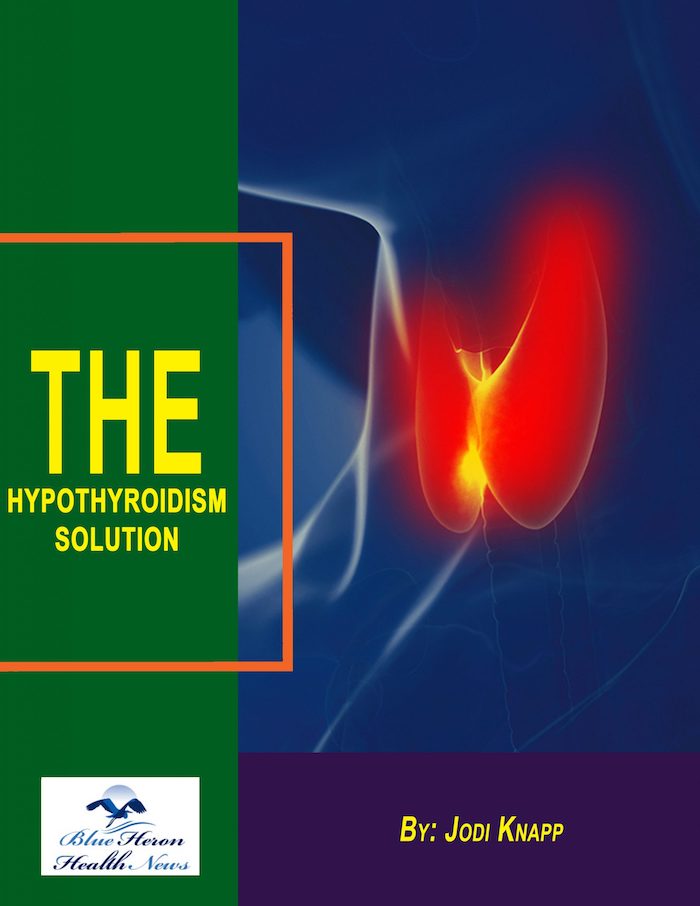
How is hypothyroidism diagnosed?
Hypothyroidism, a condition characterized by an underactive thyroid gland that produces insufficient thyroid hormones, is diagnosed through a combination of clinical evaluation and laboratory tests. The diagnostic process involves assessing symptoms, conducting a physical examination, and performing specific blood tests to measure thyroid hormone levels and related indicators.
Diagnostic Process for Hypothyroidism
1. Medical History and Symptom Assessment
The diagnosis begins with a thorough medical history and an evaluation of symptoms. Patients are often asked about:
- Common symptoms of hypothyroidism, such as fatigue, weight gain, cold intolerance, dry skin, hair loss, constipation, and mood changes.
- Family history of thyroid disorders, as these can increase the risk of hypothyroidism.
- Previous thyroid conditions or treatments, such as surgery, radiation therapy, or medications that may affect thyroid function.
- Any recent illnesses, infections, or chronic conditions that could impact thyroid health.
2. Physical Examination
A physical examination may include:
- Palpation of the Thyroid Gland: The healthcare provider may palpate the neck to check for enlargement, nodules, or tenderness in the thyroid gland.
- Skin and Hair Assessment: Dry, coarse skin and brittle hair can be indicators of hypothyroidism.
- Reflexes: Slowed reflexes can be a sign of hypothyroidism.
- Vital Signs: Checking for a slow heart rate (bradycardia) and low blood pressure, which are sometimes associated with hypothyroidism.
3. Laboratory Tests
The cornerstone of hypothyroidism diagnosis is laboratory testing to measure thyroid hormone levels. The primary tests include:
a. Thyroid-Stimulating Hormone (TSH) Test
- TSH: This is the most sensitive and commonly used test for diagnosing hypothyroidism. TSH is a hormone produced by the pituitary gland that stimulates the thyroid gland to produce thyroid hormones (T3 and T4). In primary hypothyroidism, the thyroid gland produces insufficient hormones, leading to elevated TSH levels as the pituitary gland attempts to stimulate more hormone production.
b. Free Thyroxine (Free T4) Test
- Free T4: This test measures the unbound, active form of thyroxine, one of the main hormones produced by the thyroid gland. Low levels of free T4 in the presence of elevated TSH levels confirm the diagnosis of primary hypothyroidism.
c. Free Triiodothyronine (Free T3) Test
- Free T3: Although not as commonly measured for diagnosing hypothyroidism, this test can sometimes be helpful. T3 is another thyroid hormone, and in cases where symptoms persist despite normal T4 levels, T3 levels may be checked.
4. Additional Tests and Considerations
a. Thyroid Antibody Tests
- Thyroid Peroxidase Antibodies (TPOAb) and Thyroglobulin Antibodies (TgAb): These tests help identify autoimmune thyroiditis, such as Hashimoto’s thyroiditis, the most common cause of hypothyroidism. The presence of these antibodies indicates that the immune system is attacking the thyroid gland, leading to inflammation and impaired hormone production.
b. Lipid Profile
- Cholesterol Levels: Hypothyroidism can cause elevated cholesterol levels, so a lipid profile may be conducted as part of the evaluation.
c. Complete Blood Count (CBC) and Metabolic Panel
- These tests can help assess overall health and identify potential complications or related conditions, such as anemia or electrolyte imbalances, which can occur with hypothyroidism.
d. Ultrasound or Imaging Tests
- Thyroid Ultrasound: In cases where physical examination reveals abnormalities, such as nodules or an enlarged thyroid gland, an ultrasound may be used to provide detailed images of the thyroid gland’s structure.
e. Other Hormone Tests
- If secondary or tertiary hypothyroidism (caused by pituitary or hypothalamic dysfunction) is suspected, additional hormone tests, such as cortisol or prolactin, may be performed.
Interpretation of Results
- Primary Hypothyroidism: Elevated TSH levels with low free T4 levels are indicative of primary hypothyroidism. This means the thyroid gland itself is underactive.
- Subclinical Hypothyroidism: Elevated TSH levels with normal free T4 levels suggest subclinical hypothyroidism, where the condition is in its early stages and may not yet produce noticeable symptoms.
- Secondary or Tertiary Hypothyroidism: Low or normal TSH levels with low free T4 levels may indicate secondary or tertiary hypothyroidism, which is due to dysfunction in the pituitary gland or hypothalamus, respectively.
Conclusion
The diagnosis of hypothyroidism involves a comprehensive assessment of symptoms, a thorough medical history, a physical examination, and specific laboratory tests, primarily focusing on TSH and thyroid hormone levels. Additional tests, such as thyroid antibody tests and imaging, may be necessary to determine the underlying cause and assess the extent of the condition. Early and accurate diagnosis is crucial for effective management and treatment of hypothyroidism, preventing complications and improving the quality of life for affected individuals.
The Hypothyroidism Solution™ By Jodi Knapp The Hypothyroidism Solution™ By Jodi Knapp Jodi has provided a stepwise guide in the form of The Hypothyroidism Solution to help you in regulating the levels of your thyroid in a better and natural way. Along with curing hypothyroidism, it can also care a number of other health issues experienced by people all over the world. No side effect due to this program has been reported so far. So you can follow this program without any financial as well as emotional risk.